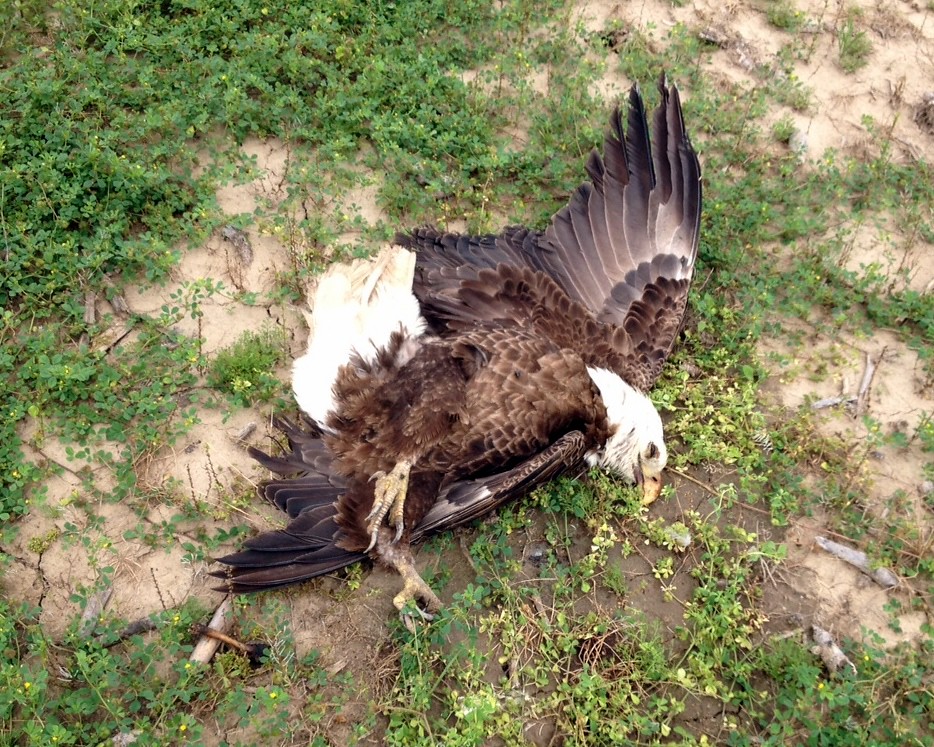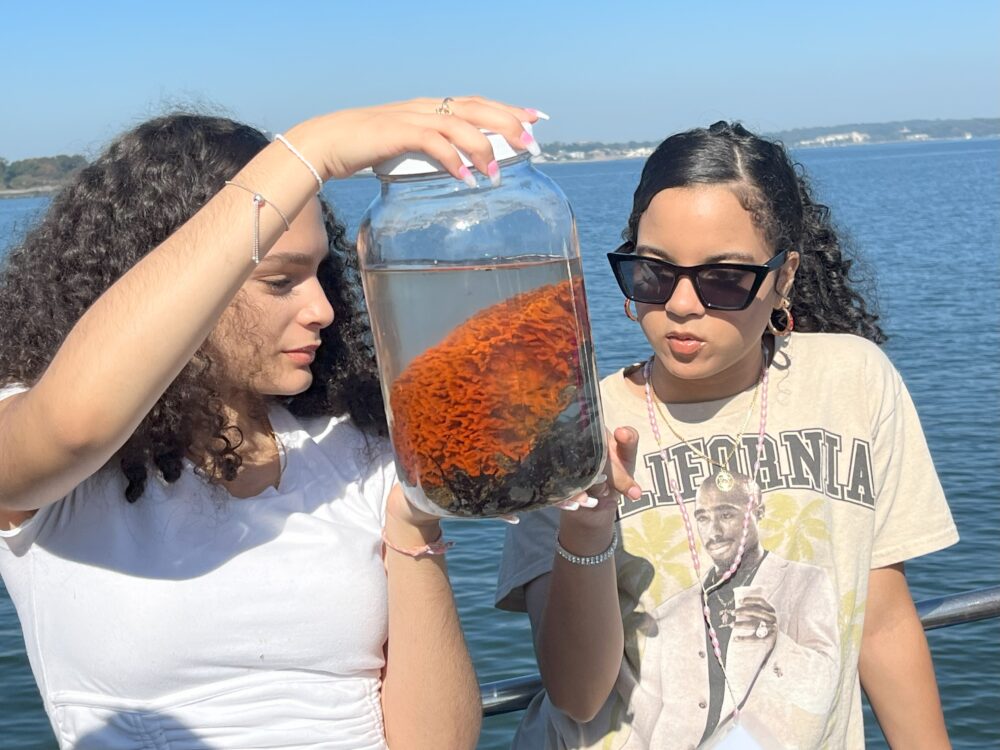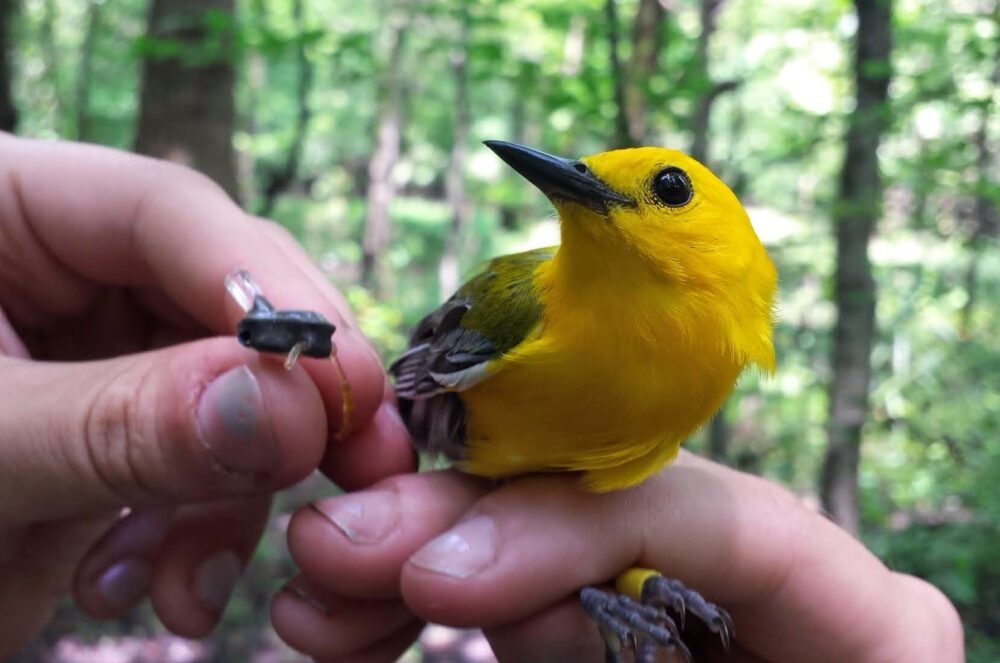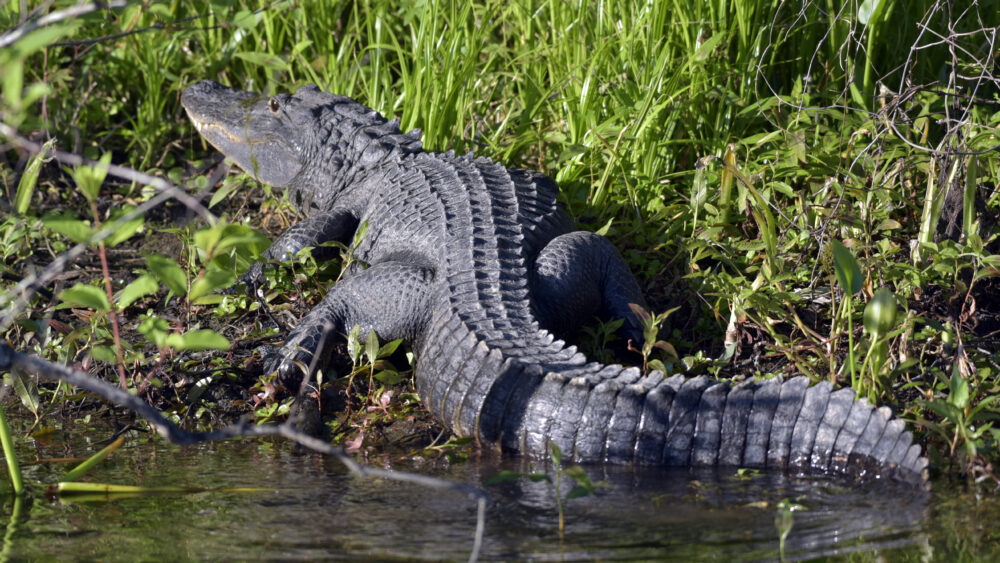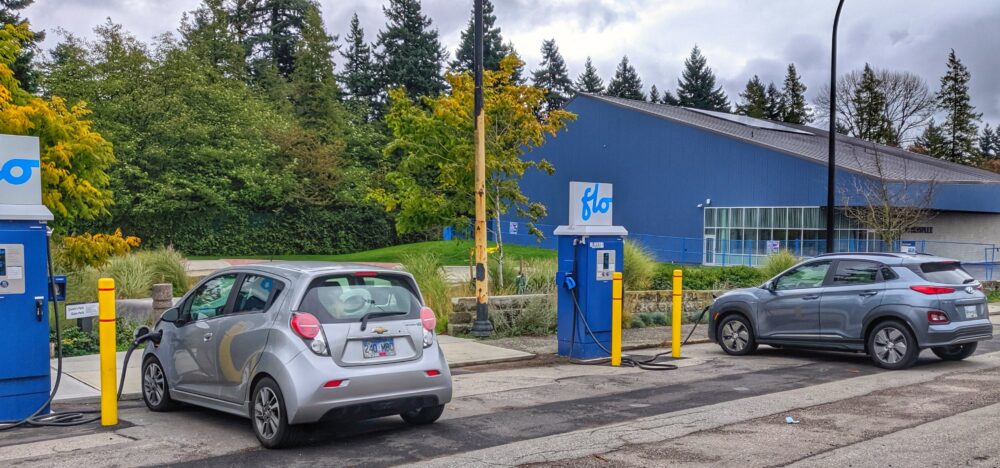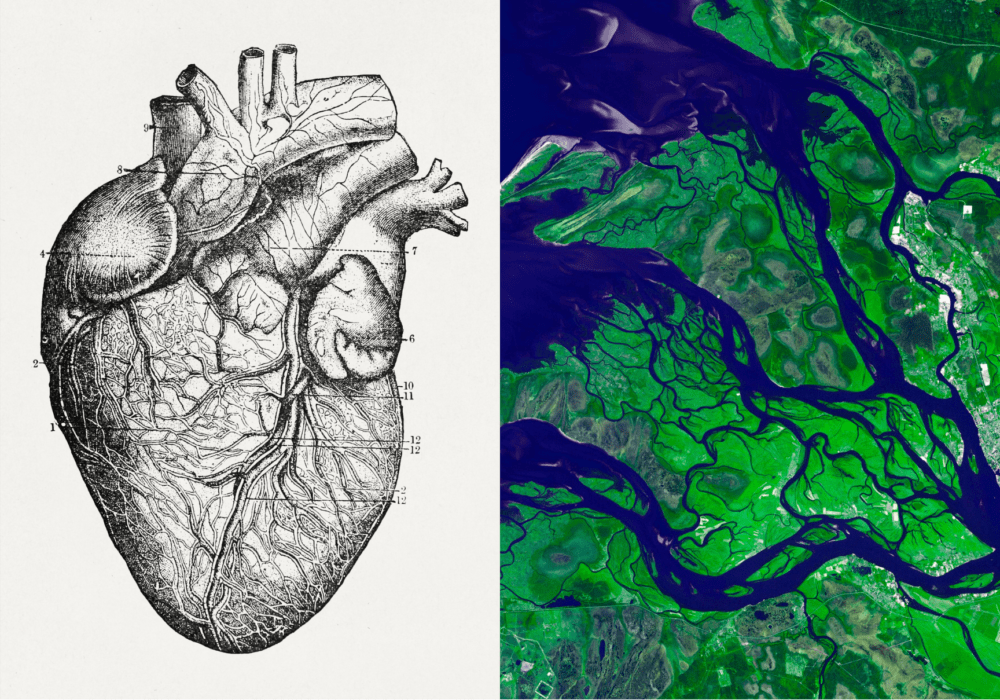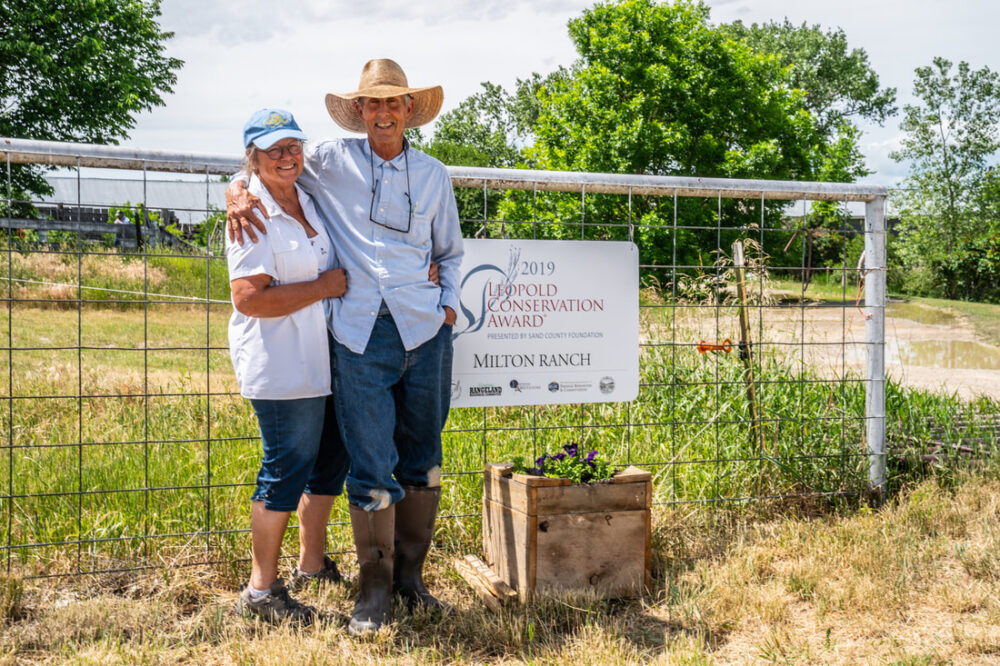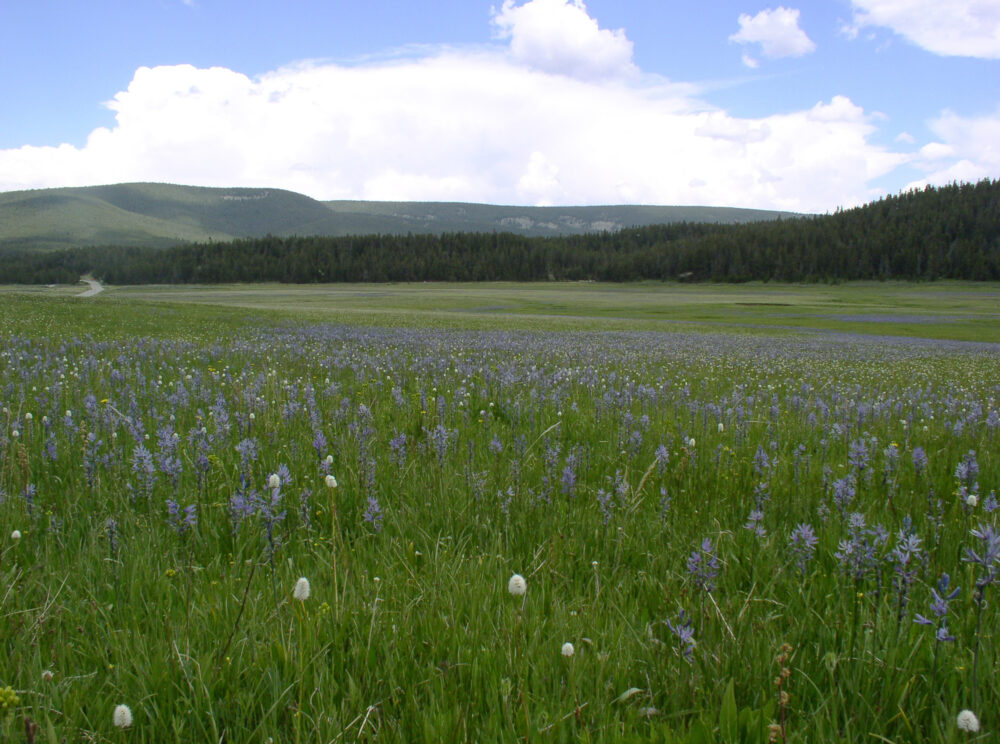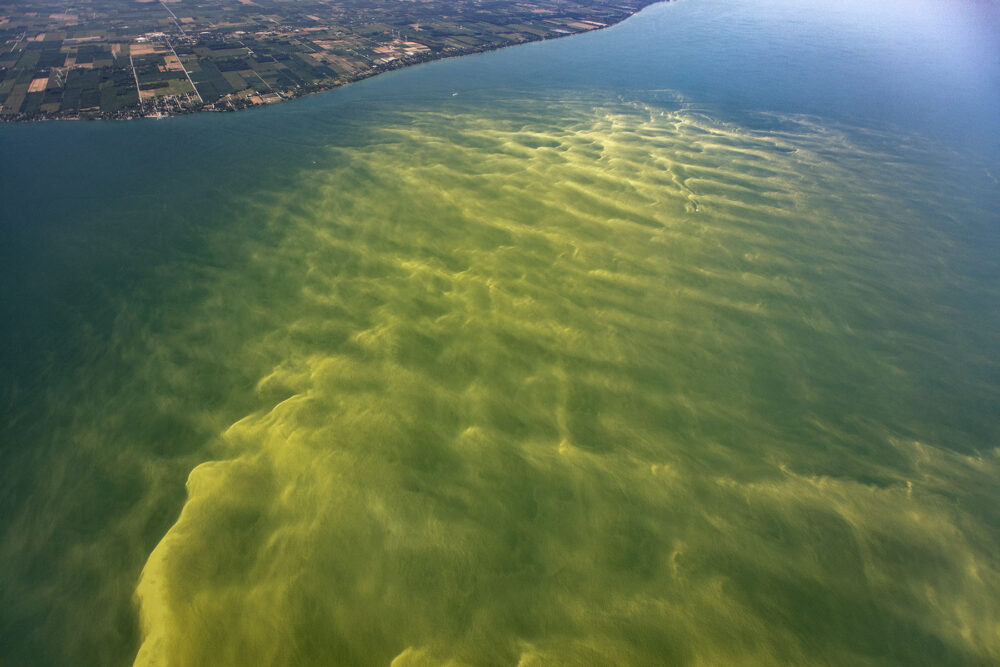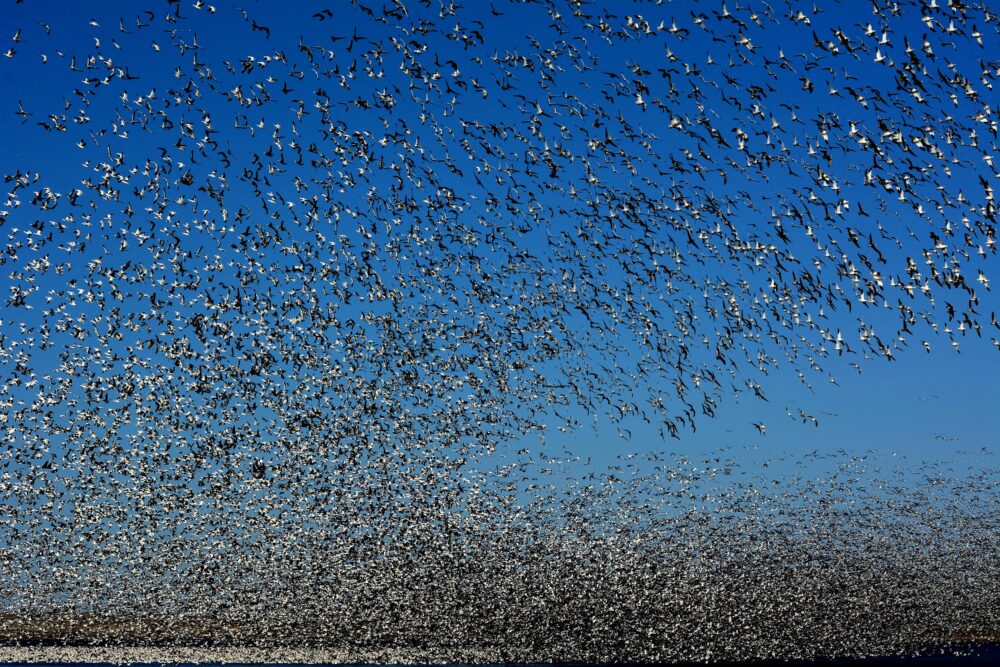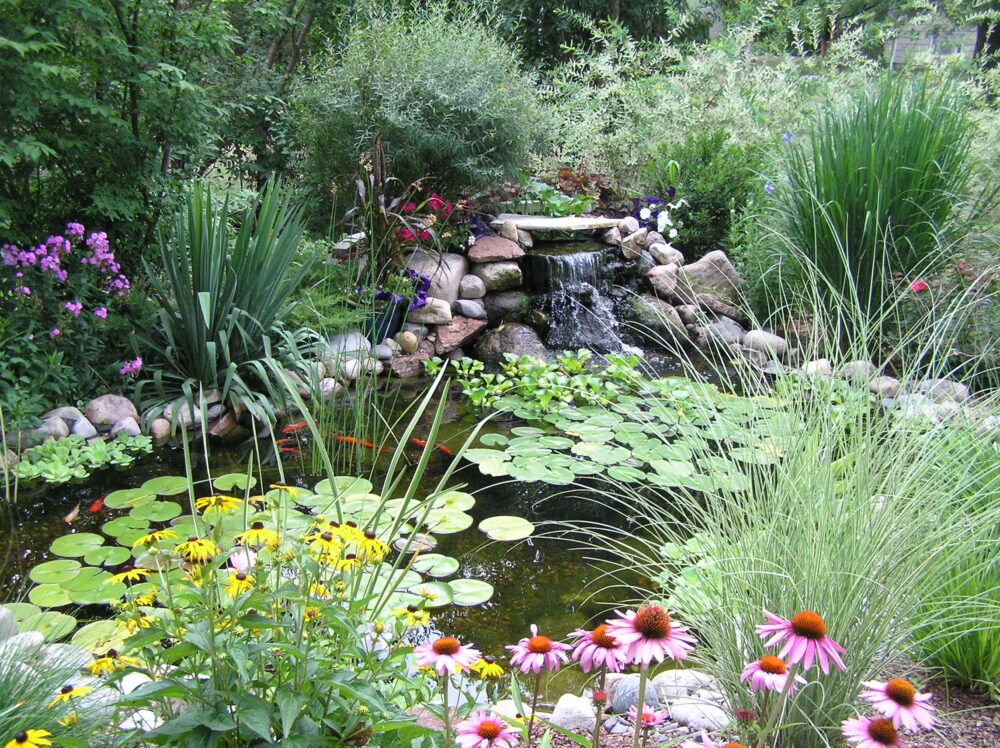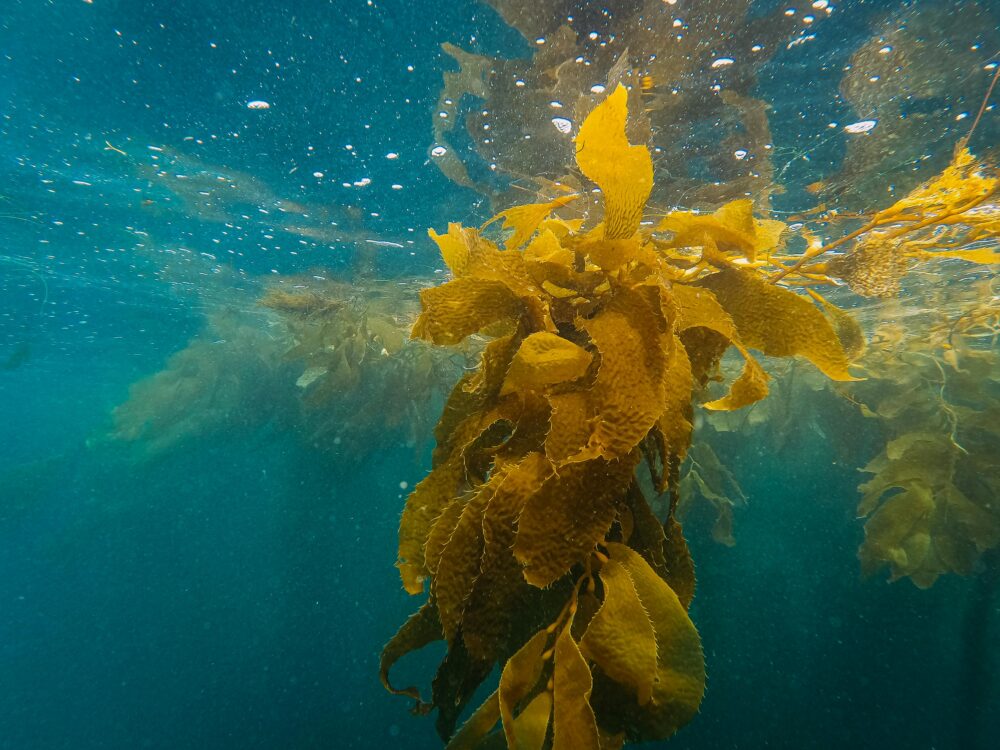We have much more to do and your continued support is needed now more than ever.
How Delayed Restoration of America’s Everglades Threatens Florida Bay’s Wildlife

The flat, crystal clear water between the southern tip of Florida and the Florida Keys is called Florida Bay, where fresh water from America’s Everglades mingles with the salty Gulf of Mexico. The bay’s shallow, turquoise waters are among the most important coastal estuaries in Florida, providing a home for a vast array of wildlife, including manatees, dolphins, sea turtles, alligators, spiny lobsters, bonefish, stone crabs and the most diverse collection of fish-eating birds in North America.
But the system is no longer what it once was.

Florida Bay depends on the slow flow of clean, fresh water from the Everglades, which historically flowed into the bay even during the dry season. This sustains the unique fish and wildlife species, mangrove islands, and extensive canopy of seagrass in Florida Bay – which is among the largest seagrass meadows in the world. Seagrass communities cover roughly 95% of the bay.
Florida Bay’s seagrass forest of turtle grass, shoal grass, and manatee grass isimportant for Florida’s fish and wildlife, protecting juvenile fish species like sea bass and snappers from predators. Manatees often slowly graze on beds of seagrass and sea turtles, including the endangered green sea turtle, also feed on seagrass in the bay. Florida Bay’s seagrass also serves as the anchor that holds sediment in place in the shallow bay, which keeps the waters crystal clear. Florida Bay – and the seagrass that sustains it – is a major reason why the Florida Keys are known as the Fishing Capital of the World, drawing millions of anglers from across the nation to fish Florida’s waters year after year. Without healthy beds of seagrass, this delicate ecosystem – and the fish, wildlife, and outdoor economy it supports – would be in danger.
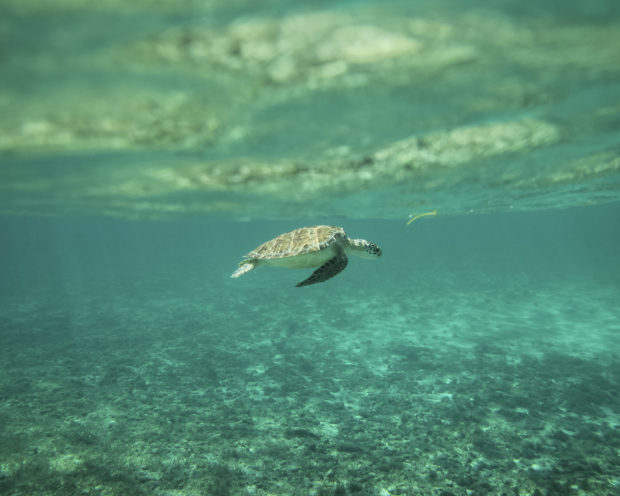
The centuries of draining Florida’s wetlands and altering the flow of water have effectively severed the connection between Florida Bay and its freshwater life source – the Everglades. The Everglades’ historic patchwork of estuaries, cypress swamps, pinelands, and sawgrass marshes once covered more than three million acres – flowing from headwaters in the Kissimmee River and spilling over Lake Okeechobee’s brim south to Florida Bay. Now, less than half of this historic ecosystem remains and water is sent to all the wrong places.
The result: an economic and ecological nightmare. Too much polluted fresh water drowns the Caloosahatchee and St. Lucie estuaries to Florida’s east and west coasts, sliming coastal beaches with thick, smelly algae, which last year combined with the worst red tide Florida has seen in more than a decade, killing manatees, sea turtles, dolphins, cormorants, pelicans, and fish by the thousands.
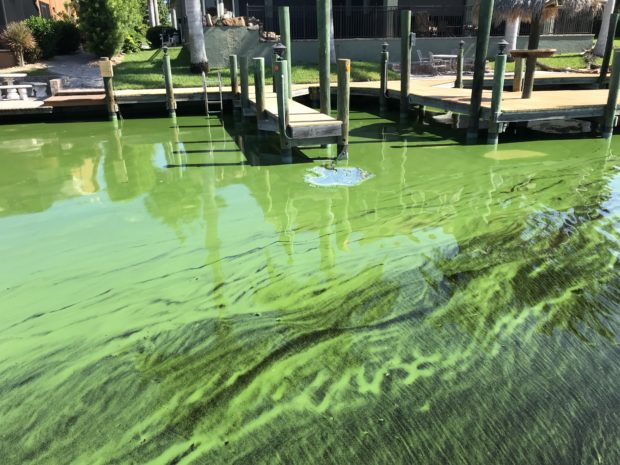
Meanwhile, too little freshwater reaches Florida Bay, significantly spiking salinity levels which causes massive sea grass die-offs and associated fish kills. Less than half of the historic freshwater flows from the Everglades now reach Florida Bay. Before the Everglades were drained and disconnected, there was no evidence of these severe spikes in salinity in Florida Bay.
The last major seagrass die-off happened in 2015, when roughly 80 square miles of seagrass died, following an intense drought that spiked salinity. A die-off this large is unusual and this was the second major seagrass die-off in three decades, a signal that the bay is struggling. When the seagrass dies, dead grass floats in the water, releasing nutrients which can fuel algae outbreaks which cloud the typically crystal clear water and prevents light from reaching the remaining living seagrass, which then also die. Seagrass die-offs threaten the wildlife that depend on large, healthy seagrass meadows for shelter, food, or hunting grounds.
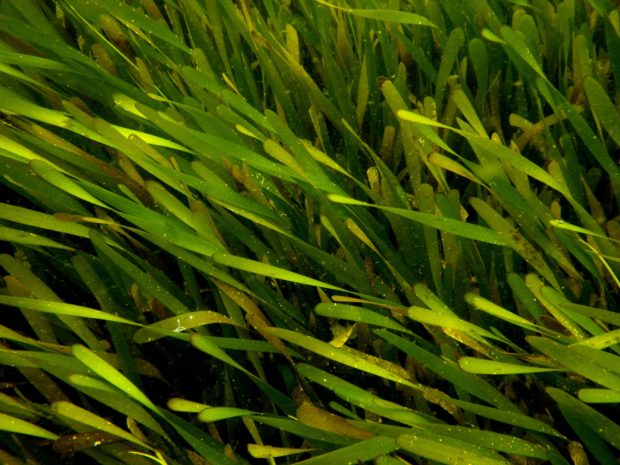
Healthy seagrass 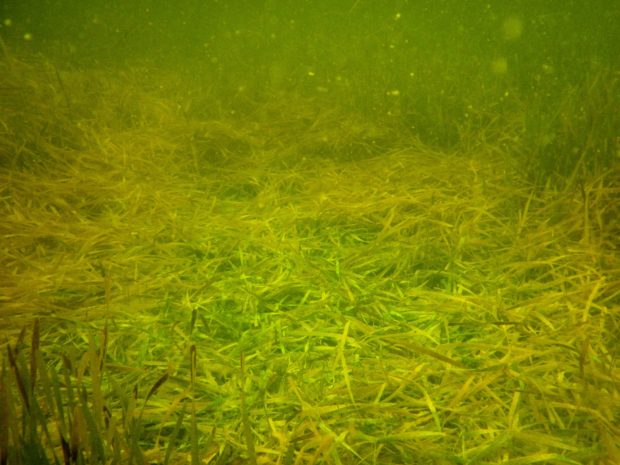
Dead seagrass
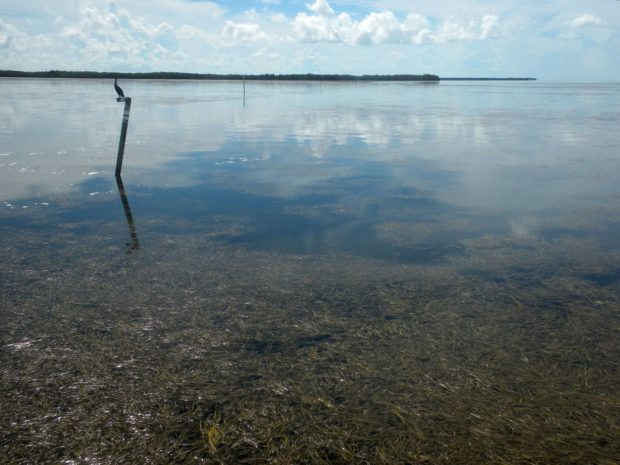
There is a solution that has been on the books for decades – restore America’s Everglades. The main holdup on completing these projects has been funding. In recent years, the state of Florida has funded Everglades restoration at more than $200 million per year, while federal appropriations – intended to match the state’s – have decreased dramatically. Though we’ve made great strides towards restoring this national treasure, additional support and funding is necessary to solve Florida’s ongoing water crisis and fully restore America’s Everglades. The below graphic from the Everglades Foundation shows the way water currently moves in Florida compared to the way it should move.
There are several key pieces to the puzzle of Everglades restoration. One of these pieces is to build a reservoir south of Lake Okeechobee, which will help capture and store water from Lake Okeechobee, reducing the volume and frequency of damaging discharges and algae outbreaks to the Caloosahatchee and St. Lucie estuaries. Another key piece is the Central Everglades Plan, which aims to reconnect the system in a way that sends water from Lake Okeechobee south and remove barriers to water flow to more closely mimic the historic way it moved throughout the Everglades. This plan will ensure that the southern end of the system will support the water flowing south the reservoir. Completing these projects will help get the Everglades and Florida Bay off life support by allowing more clean water to flow south.

Ensuring annual funding for Everglades restoration at $200 million will help the Army Corps move quickly to complete these important restoration project and reduce the toxic algae outbreaks that endanger the places that we want to continue to be able to enjoy.
This year, we have a major opportunity to secure historic funding to restore America’s Everglades. The House of Representatives recently passed a bill that invests $200 million for Everglades restoration. Now it’s up to the Senate to pass a bill that makes the same historic investment in the Everglades. Tell your Senator to support investing in America’s Everglades today!
Take Action
ONLY available for the following states: AL, AK, AR, CA, CT, DE, HI, IL, KS, KY, LA, ME, MD, MS, MO, MT, NH, NM, ND, OK, OR, RI, SC, TN, VT, WA, WV, WI


